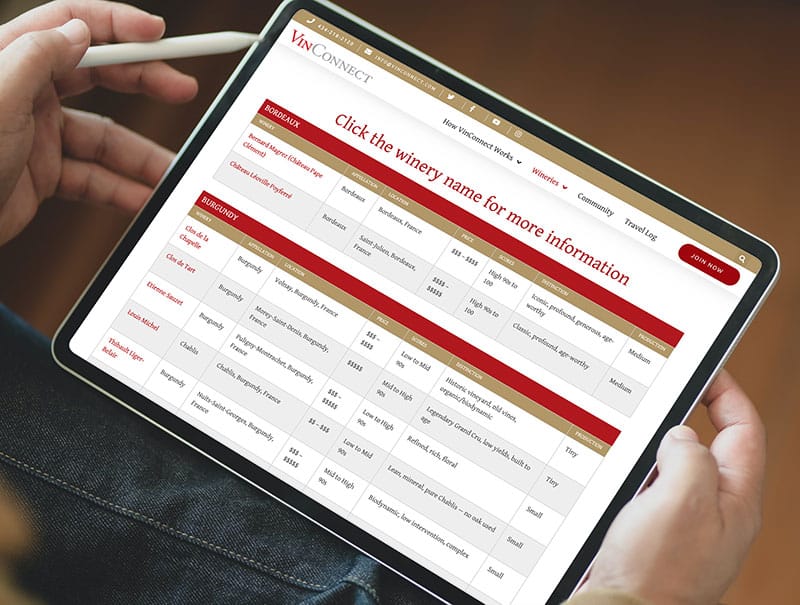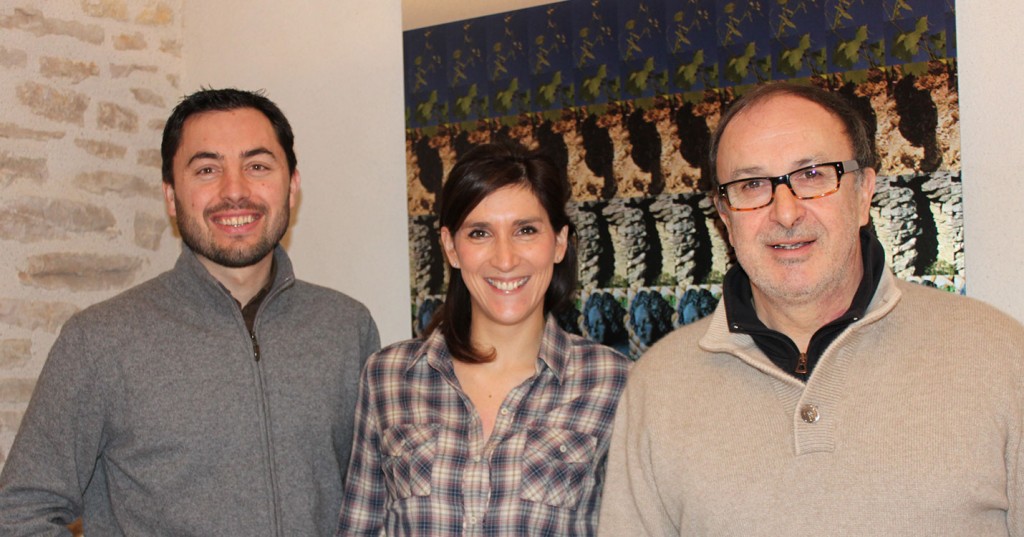About Etienne Sauzet
Etienne Sauzet was born in the early years of the 20th century and created his namesake Domaine following the inheritance of a few hectares of vines as a young man. By 1950, Etienne Sauzet’s land holdings had grown to nearly 12 hectares among some of the most prestigious appellations in and around the village of Puligny-Montrachet, including small plots of the Grands Crus Batard-Montrachet and Bienvenues-Batard-Montrachet. Around this time the Domaine began bottling 100% of its production, although Etienne continued to sell much of his production to local négociants. Following Etienne’s passing in 1975, his grand-daughter Jeanine and her husband Gerard Boudot took over and decided to begin selling the entirety of their production under the Domaine’s label.
In 1991, following the successional repartition of the estate, Gerard and Jeanine were left with just under 9 hectares. To make up for their loss in vineyards, the Domaine occasionally purchases grapes from a handful of other trusted growers. The large majority of the Domaine’s production comes from their owned vineyards, thus remaining first and foremost proprietaire-recoltant (owner-grower). In 2000, Emilie Boudot, daughter of Gerard and Jeanine, joined the team as did her husband, Benoit Riffault, in 2002.
In an effort to afford the greatest respect possible to their different terroirs, the Domaine adheres strongly to the principles of biologic agriculture, with a penchant toward biodynamism. During the growing season, the vineyard workers de-bud so as to limit the yields and air out the vines, work the soil and adapt their care-taking methods to each parcel and vine. Harvest is done by hand over a 7 or 10 day period. Grapes from each parcel are severely sorted before being pressed separately for approximately 2 hours, the must is then cooled for 12 hours before being racked into French oak barrels (35% new oak for the Grands Crus, 30% for the Premiers Crus, and 20% or less for the village-level appellations). Alcoholic fermentations take place in barrel and are followed closely with daily temperature and density controls. This process can take 2 weeks to a few months, depending on the vintage.
Time in barrel varies according to the different appellations – 10 months for the Bourgognes Blancs, 11 for the village level appellations and 12 months for the Premiers and Grands Crus. During this time, malolactic fermentations take place naturally. The lees are stirred if necessary and once the wines are considered ready, they are racked with fine lees into stainless steel tanks where they remain for second élévage period of 6 months before bottling. Depending on the vintage, the wines can be lightly fined and filtered before bottling.
Domaine Etienne Sauzet’s guiding principle is to treat each vineyard, each parcel, and each subsequent cuvée with the utmost respect so as to allow the different terroirs to express their individual personality. These wines are a prime example of the finesse that make Burgundian whites some of the most acclaimed wines in the world.



The most dazzling white wine-maker in Burgundy